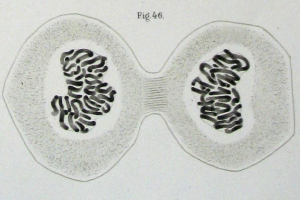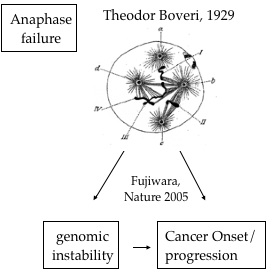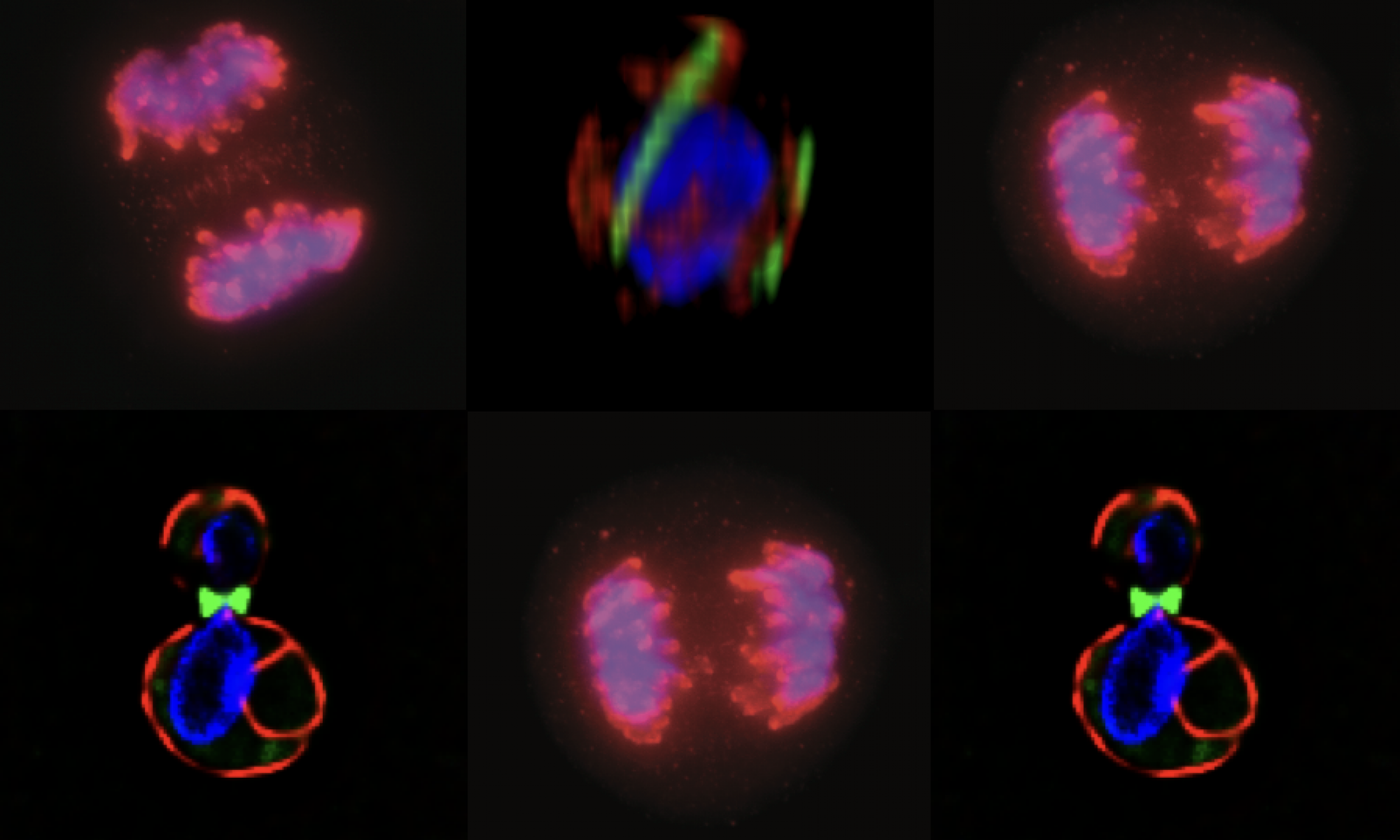Chromosomes are cool: The packaging of our (i.e., eukaryotes) DNA code into linear chromosomes is a fascinating evolutionary event that may be linked to the need to protect and transmit the large amounts of genetic information necessary to encode for the complexity of multicellularity. My lab is particularly interested in the molecular pathways that have co-evolved with linear chromosomes in order to: (i) ensure their faithful replication, both the DNA code but also the rules of “packaging” (i.e, epigenetic modifications), from one cell generation to the next, (ii) to maintain the repetitive DNA elements critical for cellular functions (e.g., ribosomal DNA arrays) and (iii) to monitor the integrity of these processes. Defects in many of these pathways are linked to genetic and cell programming changes that are found in associated with disease states (e.g, cancer cells).

Chromosomes and disease: The notion that the cellular structures termed chromosomes might contain Mendel’s genetic information was put forth by Flemming and his early microscopist colleagues. Theodor Boveri made perhaps the most startling intellectual leap, observing the differences in cancer cell mitotic structures and postulating that these changes might underly the origin of the disease itself. Many experiments since have supported this idea (e.g., Fujiwara et al, Nature 2005), yet the precise role of mitotic errors in cancer onset or in cancer cell evolution (i.e, from non-malignant to malignant to metastatic) remains controversial.

To better understand the mechanisms and pathways underlying the maintenance of chromosomes, we are focused on pathways that ensure the integrity of chromosomes during anaphase and how changes that lead to chromosome instability contribute to disease states (e.g, cancer). We currently are focused on two main projects:
Anaphase “Surveillance”: This project examines the network of regulatory pathways and mechanisms that coordinate the faithful replication of chromosomes, their segregation in mitosis and the resolution of sister chromatids in anaphase. The need to carefully regulate anaphase events may have evolved to cope with the challenges of maintaining large regions of repetitive DNA (e.g., rDNA) in eukaryotic chromosomes.
Chromosome instability in cancer: This project originated with the question of how cancer cells gain a chromosome instability (CIN) phenotype (one path to aneuploidy). We focused our early work on colorectal cancer as cells isolated from these cancers exhibit a high rate of mitotic errors. Our work demonstrated that one major contributor to chromosome instability comes from the initiating mutation in the tumor suppressor, adenomatous polyposis coli (APC). Though we remain interested in mechanisms that contribute to chromosome instability in cancers, our initial studies led us to focus on a paradox described by a number of labs studying cells with extra chromosomes, or aneuploidy. Namely, normal cell division is inhibited in aneuploid cells. The answer to this paradox may lie in the ability of pre-cancer cells to be “reprogrammed” in order to tolerate the aneuploid state (as well as other cancer-associated changes). We term this reprogramming as cancer cell “adaption” and we propose that it involves a specific set of molecular changes that increase the likelihood that normal cells with sustain cancer-associated changes (i.e., a cancer “permissive” state).
